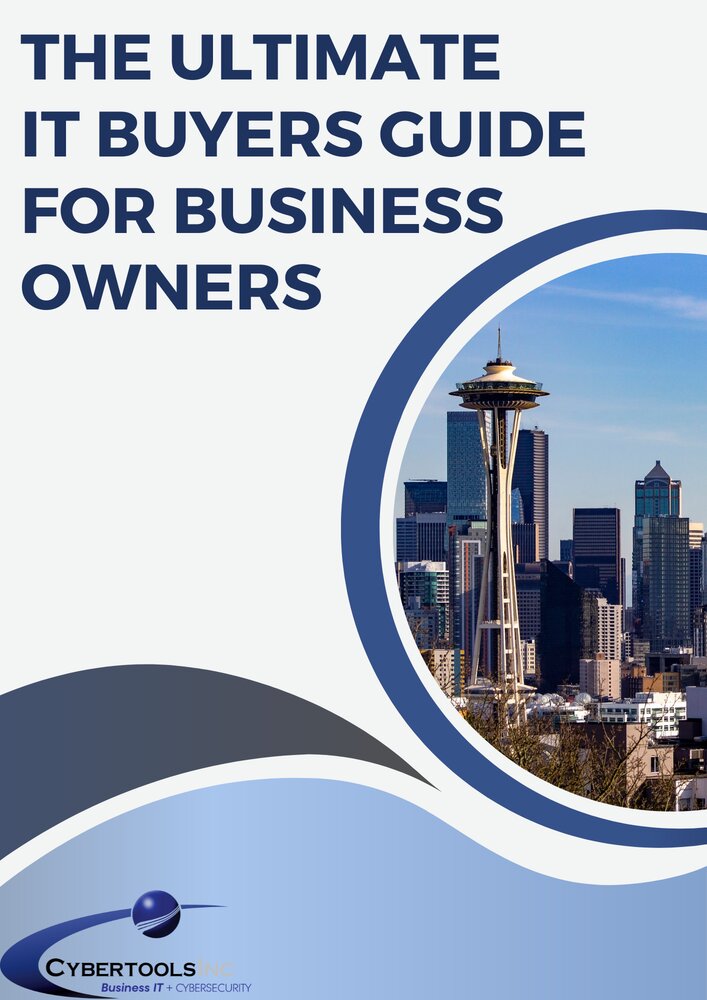 Demystifying IT Support Pricing: Factors and Models Explained
Demystifying IT Support Pricing: Factors and Models Explained
When seeking IT assistance for your company, understanding the intricacies of pricing becomes essential. The interplay between your organization's characteristics, the level of support required, and the specific services needed all influence the costs associated with IT support. In this article, we delve into the mechanisms behind IT support pricing, shedding light on how providers determine their charges and the key considerations in this process.
Key Factors Influencing IT Support Pricing
- Business Size: IT support pricing hinges significantly on the size of the business. Larger organizations typically require more comprehensive IT assistance, which can lead to higher costs.
- Complexity of IT Infrastructure: The complexity of your IT setup directly impacts pricing. Extensive IT infrastructures, characterized by multiple locations, servers, and devices, demand increased time and resources for management, thereby contributing to elevated expenses.
- Service Level Agreements (SLAs): IT vendors offer various levels of support, ranging from basic to premium and managed services. The pricing structure corresponds to the chosen level of support.
- Type of Service: IT services encompass a wide spectrum of offerings, each with distinct pricing models. Some providers charge a flat fee, while others opt for hourly rates or monthly memberships.
- Customization of Services: Tailoring software or hardware solutions to specific business needs may incur additional charges, as customization demands more intricate attention.
Pricing Approaches Adopted by IT Companies
- Hourly Billing: IT firms may implement an hourly billing structure, where charges range from a few dollars to several hundred dollars per hour. The fee is determined by factors such as the level of support required, the expertise of the technician, and the complexity of the task.
- Fixed Pricing: For certain tasks like software installation or network setup, IT companies may propose fixed one-time fees. This approach can be cost-effective for specific requirements.
- Subscription Model: A monthly fee structure is commonly employed for managed services, where the IT provider assumes responsibility for all aspects of business IT support. This subscription-based model ensures consistent and comprehensive assistance.
- Bundled Services: IT suppliers may consolidate software licensing, hardware maintenance, and help desk support into a comprehensive package offered at a fixed price.
In summary, the cost of IT support hinges on multiple factors, encompassing business size, complexity of IT infrastructure, service level agreements, service type, and potential customization. Providers may adopt hourly billing, fixed pricing, subscription models, or bundled services to determine charges. A reputable IT provider will prioritize understanding your unique business needs, offering transparent pricing that aligns with your budgetary considerations.








